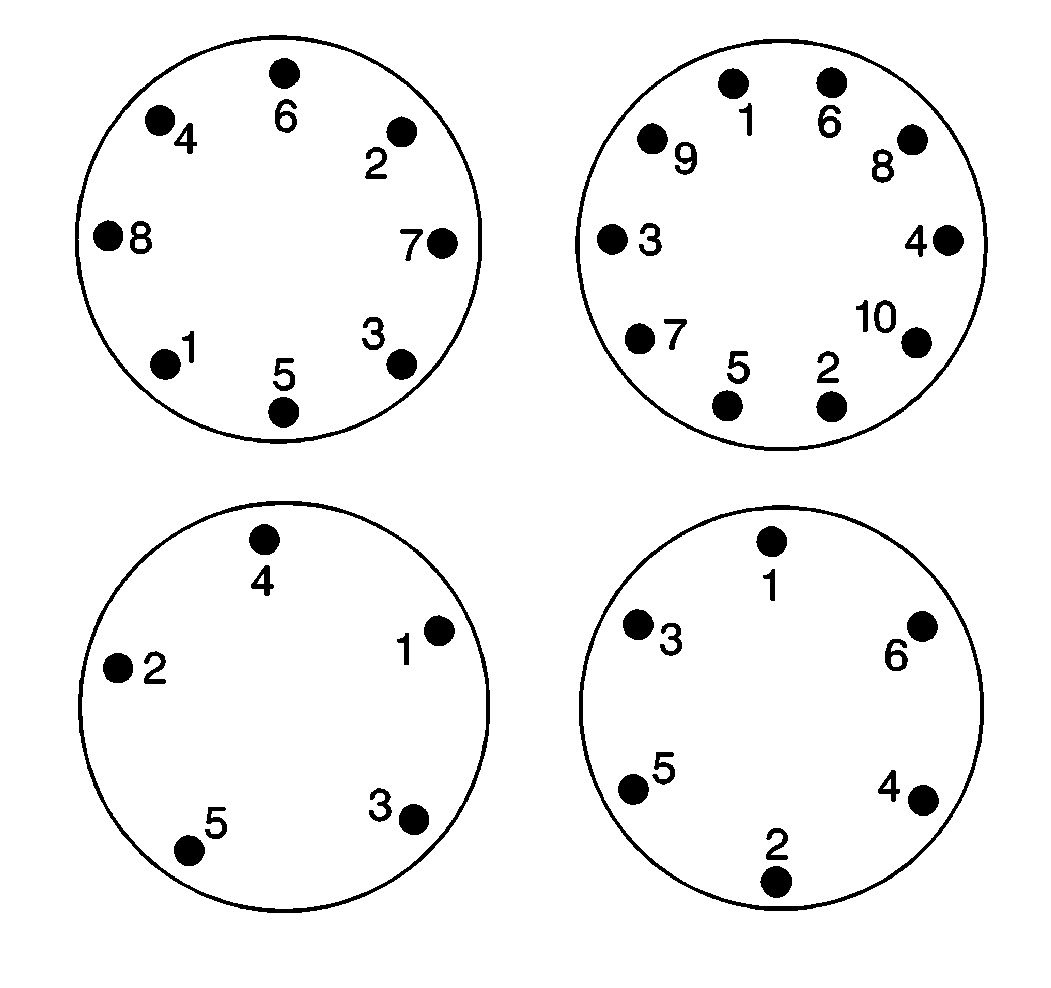Wheel Installation Single Wheels-Front or Rear
Installation Procedure
- Install the tire and wheel assembly. Align the locating mark of the tire and wheel to the hub assembly.
- Install the wheel nuts.
- Install the hub cap, if required.
- Lower the vehicle.
Caution: Before installing the wheels, remove any buildup of corrosion on the wheel mounting surface and brake drum or disc mounting surface by scraping and wire brushing. Installing wheels with poor metal-to-metal contact at the mounting surfaces can cause wheel nuts to loosen. This can cause a wheel to come off when the vehicle is moving, causing loss of control and possibly personal injury.

Notice: A torque wrench or J 39544 must be used to ensure that wheel nuts are tightened to specification. Never use lubricants or penetrating fluids on wheel stud, nuts, or mounting surfaces, as this can raise the actual torque on the nut without a corresponding torque reading on the torque wrench. Wheel nuts, studs, and mounting surfaces must be clean and dry. Failure to follow these instructions could result in wheel, nut, and/or stud damage.
Tighten
| • | Tighten the wheel nuts to specifications. Refer to Fastener Tightening Specifications . |
| • | Tighten the wheel nuts evenly and alternately in order to avoid excessive runout. |
Notice: Use the correct fastener in the correct location. Replacement fasteners must be the correct part number for that application. Fasteners requiring replacement or fasteners requiring the use of thread locking compound or sealant are identified in the service procedure. Do not use paints, lubricants, or corrosion inhibitors on fasteners or fastener joint surfaces unless specified. These coatings affect fastener torque and joint clamping force and may damage the fastener. Use the correct tightening sequence and specifications when installing fasteners in order to avoid damage to parts and systems.
Wheel Installation Dual Rear Wheels
Installation Procedure
- Install the inner and outer wheel and the clamp ring. Make sure the pins on the clamp ring face outward.
- Install the wheel nuts.
- Install the hub cap, if required.
- Lower the vehicle.

Notice: A torque wrench or J 39544 must be used to ensure that wheel nuts are tightened to specification. Never use lubricants or penetrating fluids on wheel stud, nuts, or mounting surfaces, as this can raise the actual torque on the nut without a corresponding torque reading on the torque wrench. Wheel nuts, studs, and mounting surfaces must be clean and dry. Failure to follow these instructions could result in wheel, nut, and/or stud damage.
Tighten
| • | Tighten the wheel nuts to specifications. Refer to Fastener Tightening Specifications . |
| • | Tighten the wheel nuts evenly and alternately in order to avoid excessive runout. |
Notice: Use the correct fastener in the correct location. Replacement fasteners must be the correct part number for that application. Fasteners requiring replacement or fasteners requiring the use of thread locking compound or sealant are identified in the service procedure. Do not use paints, lubricants, or corrosion inhibitors on fasteners or fastener joint surfaces unless specified. These coatings affect fastener torque and joint clamping force and may damage the fastener. Use the correct tightening sequence and specifications when installing fasteners in order to avoid damage to parts and systems.
